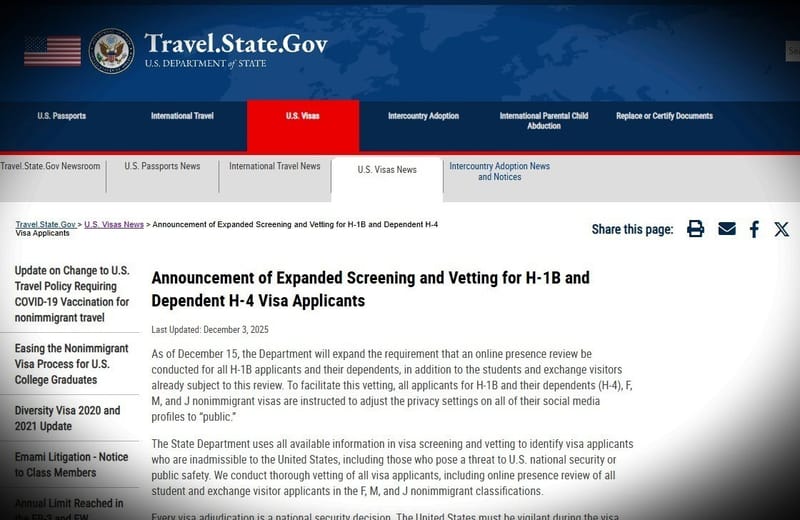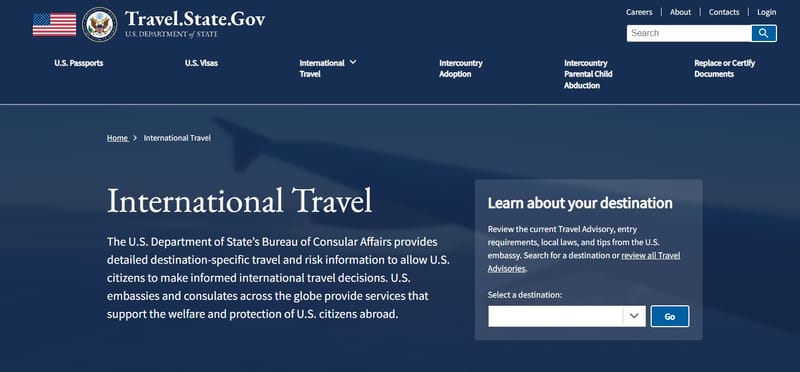Wipro Q2 Earnings: How H-1B Visa Costs are Shaping Tech Firm Strategy
Wipro's Q2 results offer a crucial look into how major Indian IT service providers are adapting their talent strategies and financial forecasts in response to rising H-1B visa costs and evolving U.S. immigration policies.

Subscribe to our newsletter and stay informed about latest H1B news, policy updates and and other developments.
Article Summary
Wipro's Q2 FY26 results are anticipated, with investors closely monitoring several factors, including the impact of H-1B visa fee increases and the company's strategy to reduce reliance on these visas. The report will also cover updates on large deal wins, European business recovery, and potential dividend announcements. Wipro's previous quarter showed mixed performance with a decline in IT services revenue.
Original Article: financialexpress.com
[ Sentiment: neutral | Tone: factual ]
This summary and analysis were generated by TheNewsPublisher's editorial AI. This content is for informational purposes only; it does not constitute legal or immigration advice.
[ Sentiment: neutral | Tone: factual ]
This summary and analysis were generated by TheNewsPublisher's editorial AI. This content is for informational purposes only; it does not constitute legal or immigration advice.
TNP AI: Key Insights
This article is significant for H-1B visa holders and employers as it illustrates how increased H-1B visa costs directly influence the operational strategies and financial outlook of major tech companies like Wipro. For skilled professionals, this could signal a shift in hiring practices, potentially leading to fewer H-1B sponsorships or a greater emphasis on local hiring or alternative global talent pools.
The focus on H-1B visa impact reflects the broader trend of rising immigration processing costs for employers, a result of recent USCIS fee rule changes. This ongoing financial pressure will likely continue to prompt IT firms to reassess their dependency on the H-1B program, driving innovation in talent acquisition and potentially accelerating nearshoring or offshoring strategies to manage expenses and maintain competitiveness.




